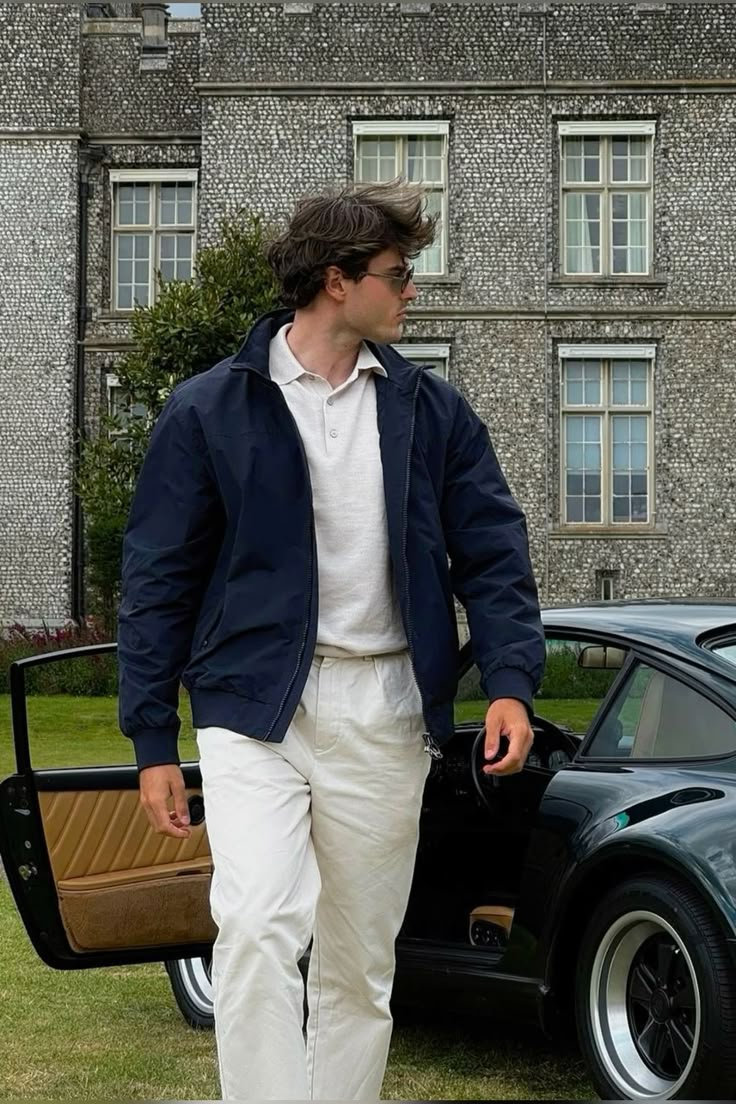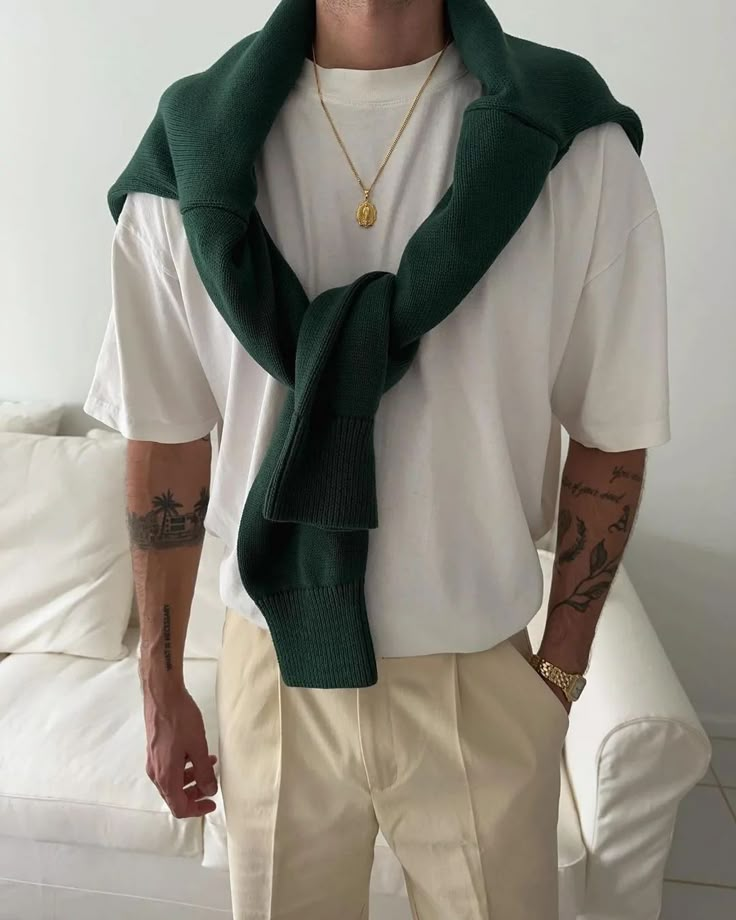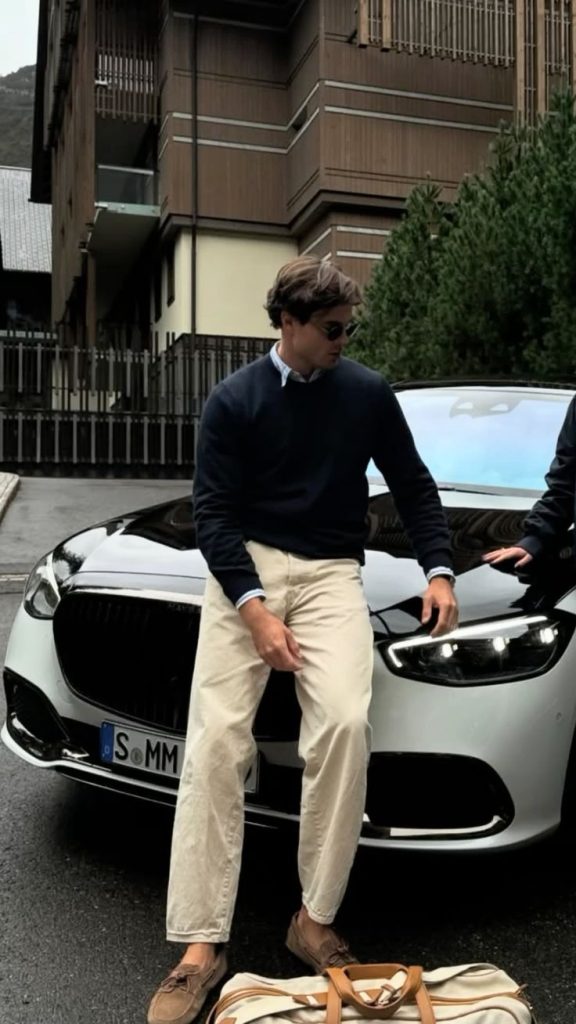Fashion is not a modern concept; it has been an integral part of human history for centuries. From ancient times to the digital age, clothing has always reflected the economic, political, and artistic movements of each era.
Ancient Fashion: The Birth of Clothing as a Symbol
In the earliest human civilizations, clothing served practical purposes, protecting people from harsh environments. However, as societies advanced, clothing also became a symbol of status and culture. Egyptian pharaohs wore elaborate linen robes adorned with gold, while Roman senators draped themselves in togas that signified their rank. Meanwhile, in Asia, intricate silk garments, such as the Chinese hanfu and the Japanese kimono, represented social hierarchy and artistic craftsmanship.
The Renaissance and Baroque Era: Fashion as an Art Form
During the Renaissance (14th–17th century), fashion became a form of artistic expression. European nobility showcased their wealth and status through extravagant clothing. Luxurious fabrics like velvet, silk, and lace were crafted into elaborate gowns and doublets, while accessories such as feathered hats and pearl necklaces became symbols of prestige.
The Baroque period (17th–18th century) further pushed fashion into opulence, with highly detailed embroidery, corsets, and wigs becoming staples among aristocrats. During this time, fashion was dictated by royalty, with French courts setting global trends under the influence of figures like King Louis XIV.
The 19th and 20th Century: The Birth of Modern Fashion
The Industrial Revolution (18th–19th century) transformed fashion, making clothing more accessible to the masses. The development of sewing machines allowed for mass production, reducing the cost of garments and giving rise to ready-to-wear fashion. By the early 20th century, designers such as Coco Chanel and Christian Dior revolutionized fashion, introducing sleek silhouettes, elegant tailoring, and functional yet stylish designs.
The mid-to-late 20th century saw an explosion of different fashion movements, each reflecting the cultural shifts of its time. The 1950s embraced polished elegance with fitted dresses and suits, while the 1960s and 1970s broke norms with bold colors, psychedelic patterns, and hippie-inspired fashion. The 1980s celebrated excess with power suits and flashy accessories, while the 1990s introduced minimalism, grunge, and streetwear.
21st Century Fashion: The Digital Age and Personal Expression
Fashion today is more diverse and inclusive than ever. Thanks to the internet and social media, trends spread instantly, allowing for a more globalized and interconnected fashion industry. The rise of sustainable fashion, digital influencers, and gender-fluid clothing showcases how fashion continues to evolve, embracing both tradition and innovation.
Key Elements of Fashion
Fashion is composed of several key elements that influence how people dress and express themselves. Each of these aspects contributes to the endless cycle of trends, personal style, and industry shifts.
1. Trends & Innovation
Fashion trends come and go, often reflecting the social and cultural changes of the times. In recent years, there has been a growing emphasis on sustainability, digital fashion, and tech-driven design. Designers experiment with new materials, 3D printing, and AI-powered fashion tools to create cutting-edge styles that are both stylish and functional.
Some of the biggest fashion trends in 2025 include:
-
Sustainable and eco-friendly clothing made from biodegradable fabrics.
-
Virtual fashion that exists only in digital spaces.
-
Multi-functional outfits that can transform with detachable parts.
2. Personal Style & Individual Expression
While trends may set the tone, personal style remains at the heart of fashion. Some people prefer timeless, classic looks, while others enjoy experimenting with bold and avant-garde ensembles. Personal style is influenced by culture, personal experiences, and even emotions, making fashion one of the most personal forms of self-expression.
3. Sustainability & Ethical Fashion
In recent years, the fashion industry has been shifting towards more sustainable and ethical practices. Consumers are becoming more conscious of where their clothes come from, how they are made, and their environmental impact. This has led to a rise in:
-
Slow fashion (buying fewer but higher-quality pieces).
-
Recycled and upcycled materials to reduce waste.
-
Fair trade fashion brands that ensure ethical working conditions.
4. Cultural Influence & Diversity
Fashion is deeply intertwined with culture and tradition. Across the world, different societies have their own unique clothing styles, many of which have inspired mainstream fashion. For example:
-
African prints and textiles have influenced streetwear and high fashion.
-
Traditional Indian embroidery is often incorporated into luxury couture.
-
Korean minimalism and street fashion have become global phenomena.
Fashion allows people to celebrate their heritage while embracing modern influences, making it a powerful tool for cultural exchange.
5. Functionality & Comfort
Beyond aesthetics, fashion serves a practical purpose. Clothing should not only look good but also be comfortable and functional. This has led to the rise of:
-
Athleisure, which blends sportswear with casual fashion.
-
Adaptive fashion for individuals with disabilities.
-
Multi-purpose garments that can be worn in various ways.
Fashion in the Modern World: The Future of Style
As we move further into the 21st century, fashion continues to break barriers and redefine norms. The future of fashion is expected to be driven by:
-
Technology: Smart textiles, augmented reality fitting rooms, and AI-driven fashion recommendations.
-
Inclusivity: More diverse representation in fashion, including plus-size, non-binary, and adaptive clothing.
-
Sustainability: The push for circular fashion, biodegradable fabrics, and zero-waste designs.
Fashion is no longer just about aesthetics—it is about identity, sustainability, and self-expression. Whether through bold statement pieces or minimalist essentials, what we wear tells a story about who we are.
Conclusion
Fashion is a timeless and ever-evolving form of self-expression that connects people across cultures and generations. From its historical roots to its modern transformations, fashion reflects the dynamic nature of human creativity. Whether dressing for tradition, innovation, or personal identity, fashion remains a powerful way to communicate individuality and confidence.
As trends evolve, the essence of fashion remains the same: to inspire, empower, and tell the world who we are—without saying a word.



